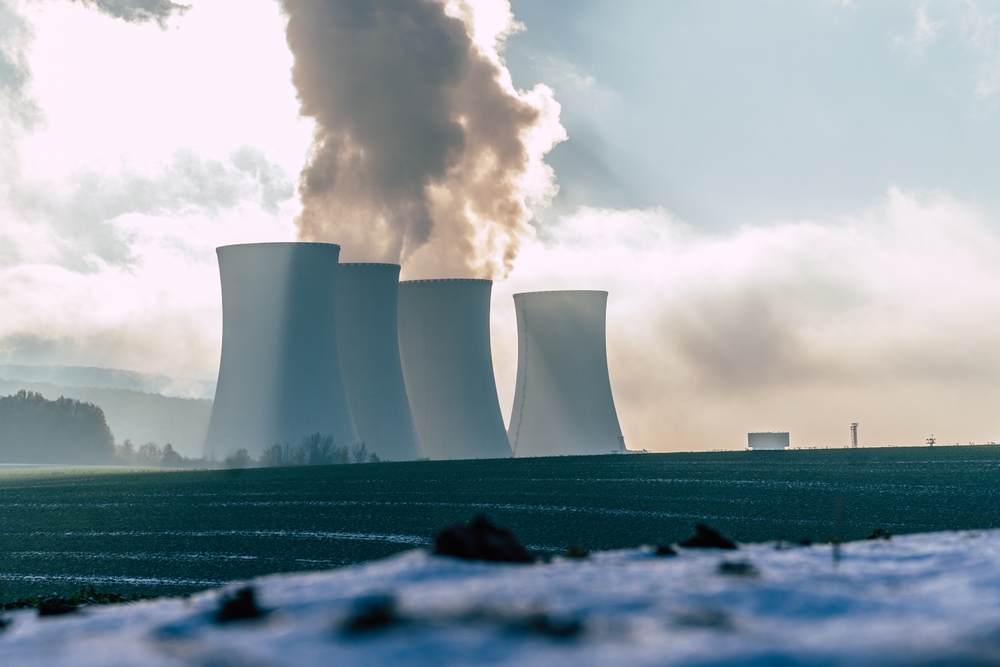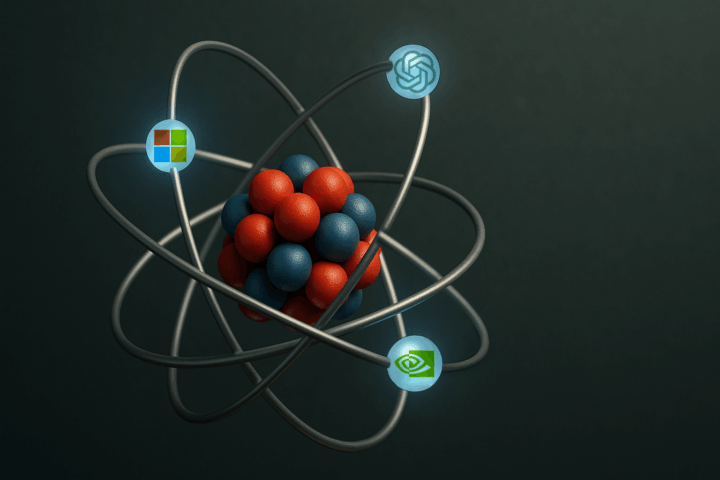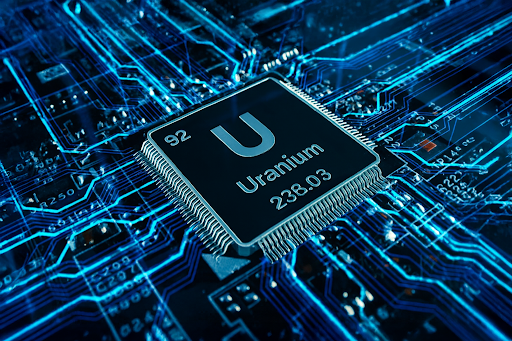As the artificial intelligence boom accelerates, tech giants like Google, Microsoft, and Amazon are turning to nuclear power to meet the surging electricity demands of their data centers while adhering to carbon-free energy commitments. With data centers projected to consume 8% of all U.S. electricity by 2030, up from 3% in 2022, the push for sustainable energy sources has become urgent.
The Case for Nuclear Energy
AI models like OpenAI’s GPT-4 and Google’s Gemini require significant computational power, driving the rapid expansion of energy-intensive data centers. Nuclear energy, with its near-zero carbon emissions and consistent availability, is emerging as a preferred solution. Unlike solar and wind energy, which depend on weather conditions, nuclear power can provide a steady supply of electricity around the clock.
“This is about ensuring reliable energy while meeting sustainability goals,” said Bobby Hollis, Microsoft’s vice president of energy.
Tech Giants Backing Nuclear Projects
In recent months, major tech companies have inked deals to advance nuclear energy projects:
- Google: Partnered with Kairos Power to deploy small modular reactors (SMRs) between 2030 and 2035.
- Amazon: Invested heavily in X-energy, supporting the development of SMRs and backing Energy Northwest’s nuclear project in Washington, slated for completion in 2031.
- Microsoft: Signed an agreement with Constellation Energy to revive Unit 1 at Pennsylvania’s Three Mile Island plant, aiming to match its energy usage with carbon-free power.
Challenges to a Nuclear Revival
Despite the enthusiasm, obstacles remain:
- Public Opposition: Concerns about safety, waste storage, and the legacy of past nuclear accidents persist.
- High Costs: Traditional reactors are expensive to build, and even SMRs may struggle with initial costs.
- Long Timelines: Nuclear projects often take years or decades to complete, delaying immediate energy relief.
Greg Cullen of Energy Northwest noted that while early SMR deployments might be costlier than traditional reactors, lessons learned could drive down costs for future projects.
Renewables vs. Nuclear
Critics argue that the focus should remain on proven renewable energy sources like wind and solar, which are becoming more reliable thanks to advancements in energy storage and grid connectivity. Public Citizen’s Tyson Slocum believes Big Tech’s pivot to nuclear energy highlights the challenges of balancing energy demand with sustainability commitments.
The Future Energy Landscape
While renewable energy is expected to play a larger role in meeting Big Tech’s energy needs, industry leaders acknowledge that nuclear power will remain a key component for the foreseeable future. “Certainly for the next couple of decades, nuclear will have a role to play,” said Microsoft’s Hollis.







